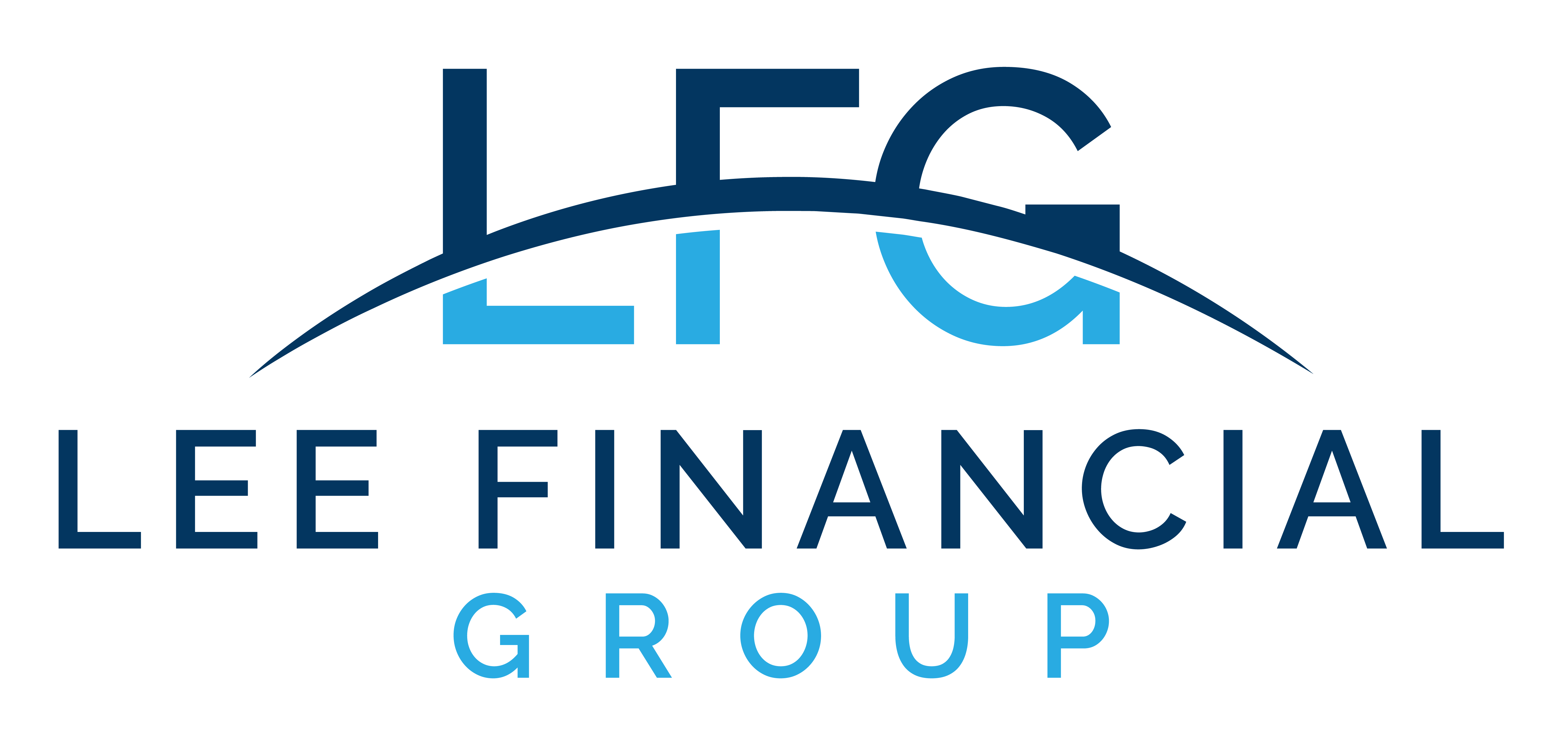There’s a lot involved in moving to a new company, and normal for some to put some of the more tedious housekeeping items on the back burner. Besides all the job-related changes, you need to understand your new health insurance and set up your new 401(k) to continue your annual contribution.
But what happens to your old 401(k)? It stays where it is for many people, and they end up with multiple 401(k) accounts. There may be some benefits if the old plan offers investments that you prefer to keep or provide diversification from the new plan. However, it can also make record-keeping onerous, and it can become challenging to understand your accurate risk exposure.
A better approach is to understand your options and make the best decision based on your tax status and the rest of your financial plan.
The Options for 401(k) Portability
You generally have four options for the vested assets in your 401(k) plan. Many employers allow you to leave the plan where it is. However, any unvested assets won’t continue on a vesting schedule. Vesting ends with your termination date, so your plan balance will be the amount you’ve contributed, any employer contributions that have vested, and any growth of the investments.
There are three main options when it comes to portability:
- If you decide to roll the plan over, you may be able to transfer the assets directly to your new employer’s plan if they accept transfers. This is straightforward. It’s called a “direct transfer,” and the amount you have invested rolls over intact, with no taxes deducted, if the old plan administrator makes the check payable to the new plan.
- If the check is made payable to you, it’s called an “indirect rollover,” and the old plan will deduct taxes. You have 60 days to deposit the amount (along with any additional funds to make up for the taxes that were withheld) into your new plan. You may see this as an opportunity to make a short-term loan to yourself, and there are some circumstances where it might work – but it can be costly from a tax standpoint. If you miss the window and don’t contribute the funds to your new plan, you’ll get hit with penalties if you’re under 59 ½. Taking money out of your plan may also mean you fall short on retirement goals.
- The final option is to cash out. At least 20% of taxes will be withheld, and you’ll get hit with a 10% penalty at tax time if you are under age 59 1/2. The extra income may also bump you into a higher tax bracket.
Creating Diversification
Thinking about your 401(k) investments as part of your comprehensive financial plan can help you create enhanced diversification. Take a careful look at the plan choices offered in each plan. You may decide that you can craft a more diversified strategy by keeping both plans. You could replicate your risk strategy in each or set up a new strategy by selecting different asset classes and funds in each that create a total risk profile you are comfortable with. Or you may prefer the investments offered in the new plan and choose to simplify your strategy by keeping everything in one place.
If you are invested in a target-date fund, you may want to consider the rollover. The two funds may have the same target date, but the risk profile can differ from plan to plan. It’s hard to get a sense of what you are holding, so it may be beneficial to roll over the assets and consolidate them into one target-date fund.
An Opportunity for Tax Planning
If you have been out of work for some time and have lower income, it may make sense to do a Roth conversion. Pulling money out of your 401(k) to convert it while you are still working doesn’t usually make sense because it can create a costly tax burden, so investors typically wait until early retirement.
There are income limits on employer-sponsored Roth 401 (k) accounts, but you can convert to a Roth IRA without any income limitation. You’ll need to pay the taxes you deferred when you contributed to the traditional 401(k) account, plus the growth of the investments will also be taxed. But once you pay the taxes and deposit the funds into the Roth IRA, they grow tax-free, and you will not be subject to required minimum distributions starting at age 73.
This can be a significant advantage for income planning in retirement, as it may help keep you in the lower tax brackets.
The Bottom Line
Thinking through your 401(k) rollover strategy should be part of the financial housekeeping you do when you join a new company. Understanding what you have and your risk profile can provide you with assurance during market volatility. It also ensures you stay organized. There are many options, so investing the time to identify what is right for you makes good sense.






What a Weaker Dollar Means for Your Investments